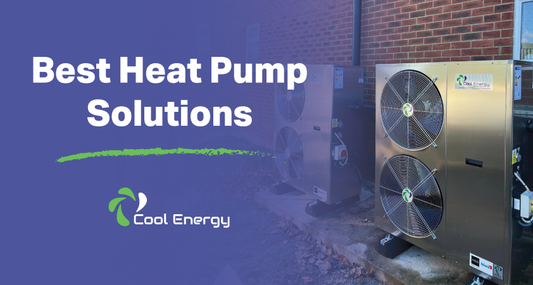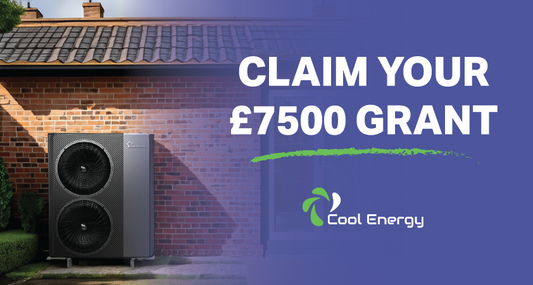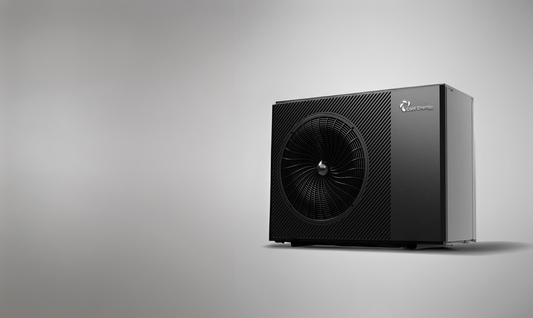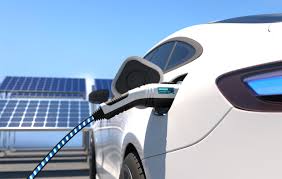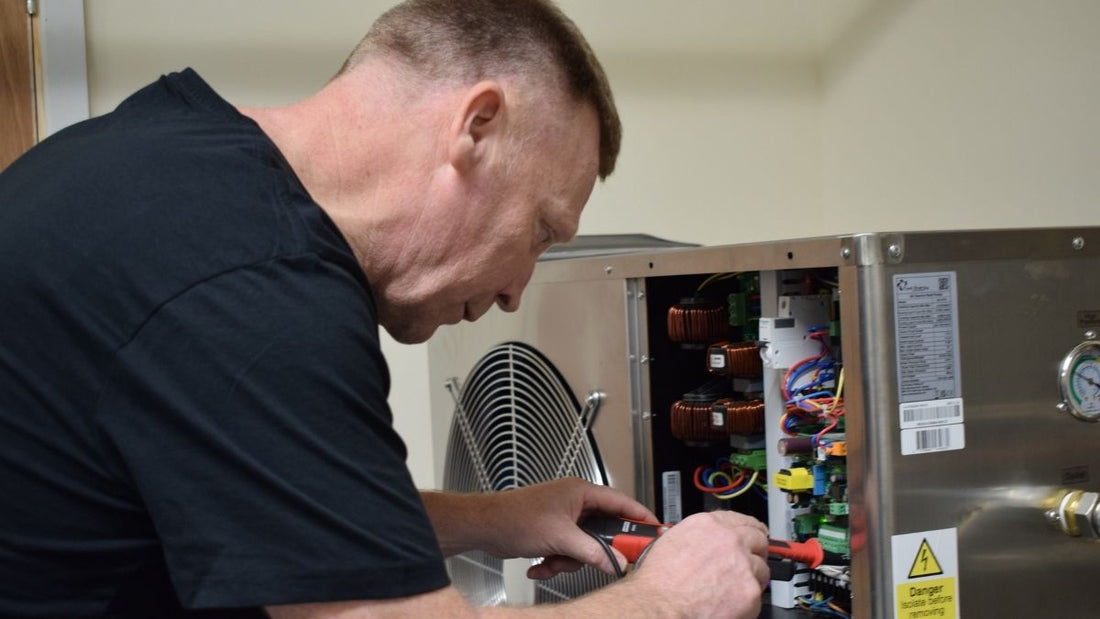
Air Source Heat Pump Maintenance
Prepared to transition from your old boiler to a new heat pump? Despite the initial expenses linked with heat pumps, there are numerous benefits to look forward to, such as a cozy home, a reduced carbon footprint, and minimal upkeep requirements.
While air source heat pumps typically require minimal maintenance, there are a few regular tasks you should carry out to guarantee their optimal performance. Our key maintenance recommendations for air source heat pumps are detailed below, ensuring you can relish these advantages for years to come.
How much maintenance does a heat pump need?
Generally, air source heat pumps are low-maintenance systems. The essential aspect of ensuring their proper functioning is to maintain cleanliness and unobstructed airflow.
By diligently maintaining your heat pump, it can potentially endure for up to 20 years, exceeding the typical lifespan of a boiler, which is around 15 years. A small amount of attentive maintenance can yield a substantial impact.
Air source heat pump maintenance checklist
To ensure enduring benefits, it’s important to perform the following checks on an annual basis – the rewards of which will be felt for roughly two decades.
Although the design and placement of air source heat pumps may vary, the maintenance procedures are typically similar. They are available in diverse forms, such as floor-mounted or integrated into the structure they support.
Listed below are some simple techniques to help you maintain your valuable pump. However, it’s vital to emphasize that before conducting any maintenance, ensure the heat pump is switched off to minimize the risk of electrical faults or safety concerns.
1. Keep it clean
To uphold the durability and peak performance of your air source heat pump, it is crucial to maintain its cleanliness. Here are some essential cleaning methods that you can utilize:
Wiping down the coils
- Utilize a soft brush to remove any dust or debris accumulated on the coils.
- After brushing, use a damp cloth to gently wipe down the coils to eliminate any remaining dirt, ensuring the cloth is moist but not soaking wet to prevent damage.
- Pay extra attention to the fins of the coils, as they can easily trap dirt and require thorough cleaning.
- Regularly wiping down the coils helps maintain their cleanliness and promotes efficient heat pump operation.
Replacing filters every 30-60 days
- To ensure unobstructed airflow and maintain efficiency, replace the filters every 30-60 days to prevent blockages.
- Remove the filters from the heat pump and use a vacuum cleaner to remove dust and debris. Washable filters can be soaked in a mild detergent and water solution, gently scrubbed, rinsed thoroughly, and allowed to dry before reinstalling.
Removing the fan blades and wiping away dirt
- Remove the fan blades from the heat pump unit and use a soft brush to gently remove accumulated dirt or debris.
- Wipe the blades with a damp cloth to ensure thorough cleaning, avoiding excessive moisture to prevent damage. Adjust or tighten the fan belt if necessary.
Cleaning the registers
- Use a soft-bristled brush to gently remove dust, pet hair, and light debris from the registers, paying attention to corners and edges.
- If needed, use a slightly damp cloth to wipe down the registers for a more thorough clean.
Adhering to this maintenance routine ensures that your air source heat pump operates efficiently with clean and unrestricted airflow, promoting its optimal performance.
2. Remove any obstructions
Adequate airflow is essential for the efficient operation of air source heat pumps. Even a small amount of encroaching grass near the unit can have a significant impact on the effectiveness of your heating system, potentially leading to a less comfortable winter in your home.
Two primary methods to prevent obstructions from affecting your heat pump include:
Clearing encroaching vegetation, leaves, dirt, and debris
- Maintaining a trimmed and neat area around your heat pumps is recommended to ensure their optimal functioning.
De-icing your unit
- During the winter season, the outdoor unit of the heat pump may accumulate ice, which can impede the heat transfer process. Some heat pump models are equipped with a defrost setting designed to gradually melt the ice, effectively addressing this concern.
3. Inspect the unit every now and then
Inspect the outdoor unit for visible leaks
Many heat pumps are equipped with a drain pan designed to collect condensation generated by the unit. However, if this pan becomes obstructed with debris, mold, or algae, it can lead to overflow and the formation of a puddle near your heat pump. If you detect a leak, a quick and straightforward cleaning task can typically resolve the issue within a few minutes.
Replenish glycol (antifreeze)
To protect the heat pump from freezing and potential damage during winter, it is essential to take preventive measures. Refilling the antifreeze on an annual basis is often necessary to maintain the manufacturer’s warranty and ensure the unit functions properly, safeguarding it from issues caused by freezing temperatures.
Monitor the system’s water pressure
Regularly monitoring the system’s water pressure is crucial. Check the pressure when the system is cold. For a bungalow, the pressure gauge should ideally read around 0.7 bar, while for a two-storey house, it should be approximately 1.2 bar. By keeping an eye on the water pressure, you can ensure the system operates optimally and make any necessary adjustments as required.
4. Test the controls
Regularly assessing the functionality of the electrical components in your heat pump system is highly advisable. This can be achieved by observing the response of your thermostat and thermostatic radiator valves (TRVs). It is also crucial to verify that the pressure valves are operating correctly when the heat is adjusted. If any faults or irregularities are noticed, it is recommended to seek professional assistance to investigate potential internal system issues.
If your heat pump provides both hot water and space heating, it likely features a two-channel controller. This controller enables you to program different temperatures and schedules for each setting. It is recommended to periodically evaluate the performance of these controls, ensuring that the temperature settings are precise and functioning as intended. By consistently checking and maintaining these electrical components, you can ensure the efficient operation of your heat pump system.
5. Get it serviced
It is recommended to arrange a service for your system with an air source heat pump engineer every 2-3 years. However, please be aware that some warranties may stipulate an annual service. To avoid unforeseen issues, it is advisable to have your heat pumps serviced before the winter season. This proactive approach ensures that any potential problems are addressed promptly, preventing disruptions to your heating supply during the colder months.
During an inspection, the engineer will perform a thorough assessment of the system, which includes:
- Refilling the refrigerant level if it is low
- Evaluating water pressure levels
- Inspecting ducts for leakage and providing repairs if necessary
- Checking airflow to ensure it meets adequate levels
- Examining indoor coils, filters, and blowers for dirt and other debris
- Lubricating motors and moving belts
- Checking for any signs of wear and tear
- Verifying the proper operation of heating controls
- Testing the thermostat to ensure it responds correctly
How much does air source heat pump maintenance cost?
The expense of servicing your air source heat pump typically ranges between £150 and £200. It is important to understand that this price may fluctuate based on the chosen company and the size of your heat pump.
In comparison to traditional gas or oil boilers, heat pump maintenance is generally more economical. Apart from the annual service cost and expenses for antifreeze and filters, there are few additional costs to consider.
Over time, similar to any mechanical system, you may need to replace several parts to ensure the unit continues to function efficiently. The cost of these replacements will vary depending on the specific parts required. For example, replacing a water pressure valve may cost around £20 to £40 (excluding labor costs), while a condenser replacement could potentially amount to several thousand pounds.
How to stop a heat pump from losing pressure
Similar to a traditional boiler, your air source heat pump might encounter low pressure from time to time. This could be due to either low refrigerant levels or a dirty air duct, both of which are relatively simple issues to address.
To restore the pressure, you can either refill the refrigerant or clean the air duct components. These straightforward solutions are typically effective in resolving the problem.
However, if these basic remedies do not rectify the low pressure issue, there may be an underlying problem within the internal unit. In such instances, it is recommended to engage a qualified engineer to diagnose and resolve the issue. They will have the expertise to identify any other potential causes and provide suitable solutions.
The advantages of upkeeping an air source heat pump include:
- Prolongs the lifespan of your air source heat pump by up to 20 years
- Eliminates bacteria and odors by cleaning filters, fan blades, and coils Improves heat pump efficiency
- Lowers domestic energy consumption and the homeowner’s carbon footprint
- Decreases the likelihood of system breakdowns
- Maintains your unit’s compliance with Renewable Heat Incentive (RHI) & BUS requirements and the manufacturer’s warranty


